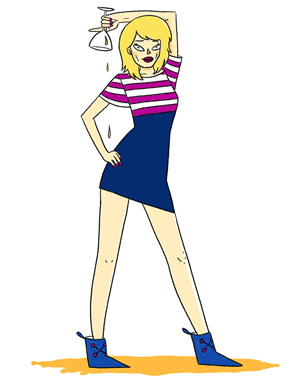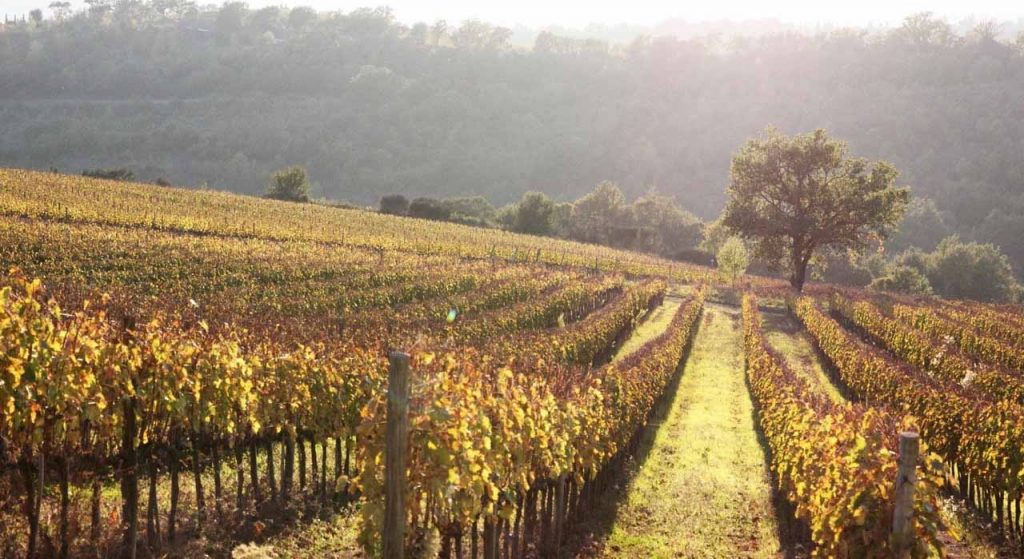
Never heard of the DOCG of Morellino di Scansano? You will be more familiar with the grape and the region than you might suppose. Scansano is a village in the Maremma, the maritime strip of Tuscany made famous by certain Super Tuscans in the village of Bolgheri… Ornellaia and Sassicaia ring any bells? Morellino is the local name for Sangiovese, possibly named after the morello cherry. Admittedly the clones of Sangiovese planted in the Maremma are not the best. They were chosen in the seventies to be productive and to survive the heat. Hence the wine has suffered from a lacklustre reputation.
Along comes Alberto Tanzini in the noughties. He’d had enough of finance in Milan. He felt there was a different and better lifestyle ahead and he felt the same way for the future of Morellino di Scansano. He upped sticks from the city and bought 20 hectares of vines, establishing his estate of Roccapesta on the Tuscan coast.
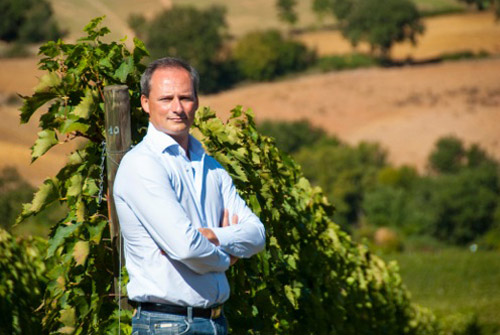
Roccapesta’s vines lie 25km from the coast, between the sea and the 2000 ft Monte Amiata. This makes for some impressive temperature swings – from 18 degree lows at night to scorching daytime highs of 37. To make things worse there is very little rain. The temperature usually drops at night giving the vine some relief, but when a hot wind drifts from Africa blowing in sweltering nights, the vine can give up and shut down.
This hot Mediterranean climate turns out wines with typically lower acidity, softer tannins and higher alcohol than the wines of Chianti from inland Tuscany.
The rocky soil is interesting and a good indicator of the potential of this area with its high percentage of limestone in the top 50cm. There is more red and blue clay in the 40cm beneath this, which gives a certain minerality to the wines. Dig down and the roots can tap into more clay which holds the rain for a while, but Alberto says it can bake to become like concrete. He plants grasses between the rows to help.
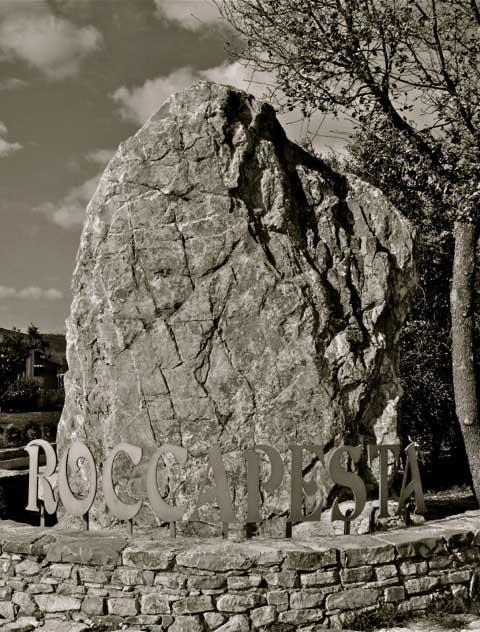
When Alberto arrived he knew he must make some changes to the traditional approach here. His overall approach is biodynamic.The soil, in particular, was in a bad way and grasses have helped. He lops them off when they reach half a metre and they lie like a pillow on the soil, keeping the ground an impressive 10 degrees cooler, preventing the water evaporating and encouraging biodiversity.
It can get pretty humid near the sea and wine growers have habitually plucked the leaves to prevent fungal diseases, but with the flip side of scorched berries. Alberto keeps more leaves to shade the vulnerable fruit. “This step made the wine much more elegant,” he reflects.
As the saying goes you cannot make a silk purse from a sow’s ear and no more can you make a good wine from over productive vines. The high levels of potash in the soil in Maremma – those mountains were once volcanos – provides the vines with an overly generous diet encouraging a bountiful, but poorer quality harvest. To improve quality wine Alberto has halved the volume his vines. He does a severe green harvest, removing bunches before they are mature.
He’s also been busy addressing this by selecting and planting more than twenty new and better clones of Sangiovese. Sangiovese may take pride of place and represent seventy-five percent of Morellino de Scansano DOCG, but the balance can be made up of a list which includes other native varieties. Alberto has Ciliegiolo and Pugnitello and a smidgen of the former is included in Roccapesta. This wine represents the best of the estate and the vintage and hence shares the same name as the estate – Roccapesta, Az. Ag. Roccapesta… it had me confused for a while. Alberto also grows Syrah and Petit Verdot to show case the terroir and this goes into the cuvée called Masca, Maremma Toscana DOC.
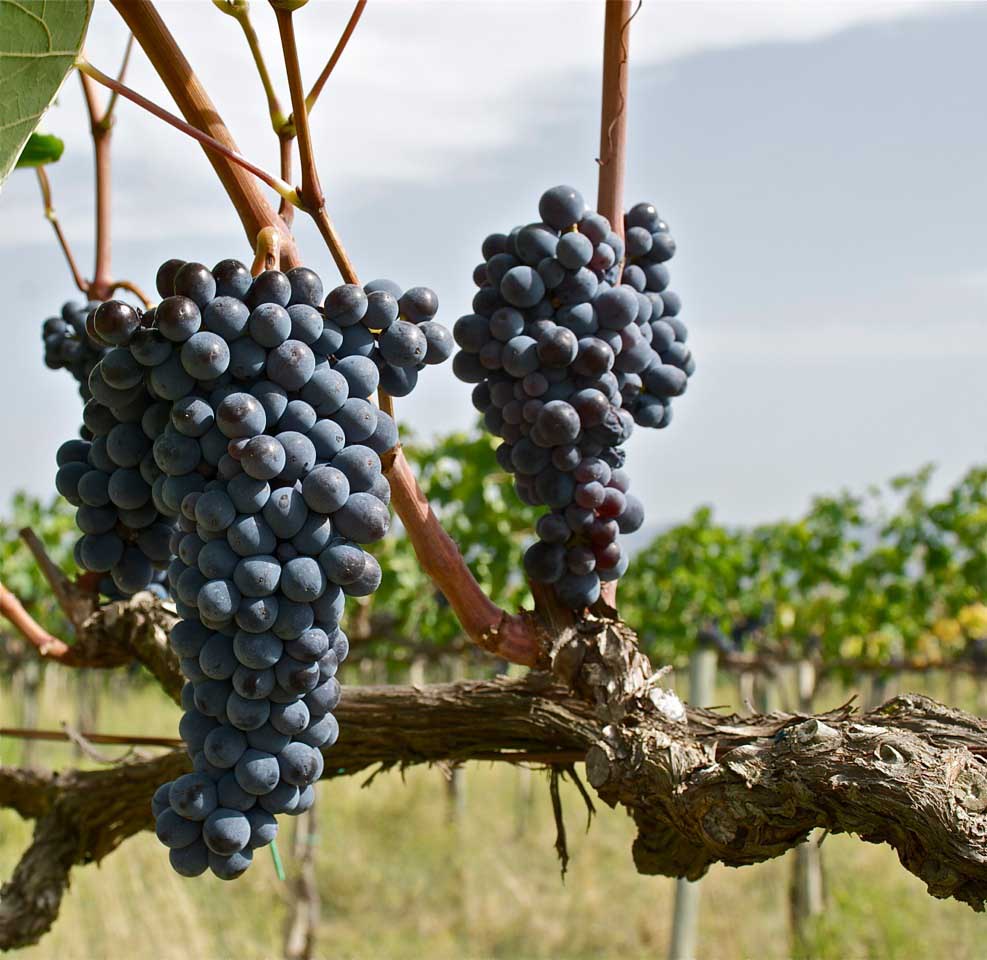
“The terroir here is complex with the influence of the sea and the volcano,” muses Alberto. “We are trying to achieve a balance of opposites.”
Roccapesta, Azienda Agricola Roccapesta 2013
Engaging strawberry fruit aroma. Soft, silky tannins, lightly rounded body succulent with ripe summer fruits. Attractive freshness on the finish.
Calestaia, Azienda Agricola Roccapesta 2010
These are old vines in the Calestaia vineyard. Sweet aroma with the alluring scent of ripe dark cherries. The palate is ripe, rounded and medium bodied and elegant with notes of frangipane and juicy, morello cherries. The tannins are gentle, refined and the texture smooth. There is sweetness and generosity to the palate offset with a light minerality. It finishes on fine, tantalising, fresh and salty note.
“The sea and the volcano create a sort of tension, which makes the wines very alive,” says Alberto.
It’s clear… Maremma can provide a very good introduction to Sangiovese. The wines are soft and juicy and very approachable. I particularly like the mineral tang at the end of Alberto’s wines. Rocacapesta is a great example of what can be achieved here. It’s the cherry on the Scansano cake.

